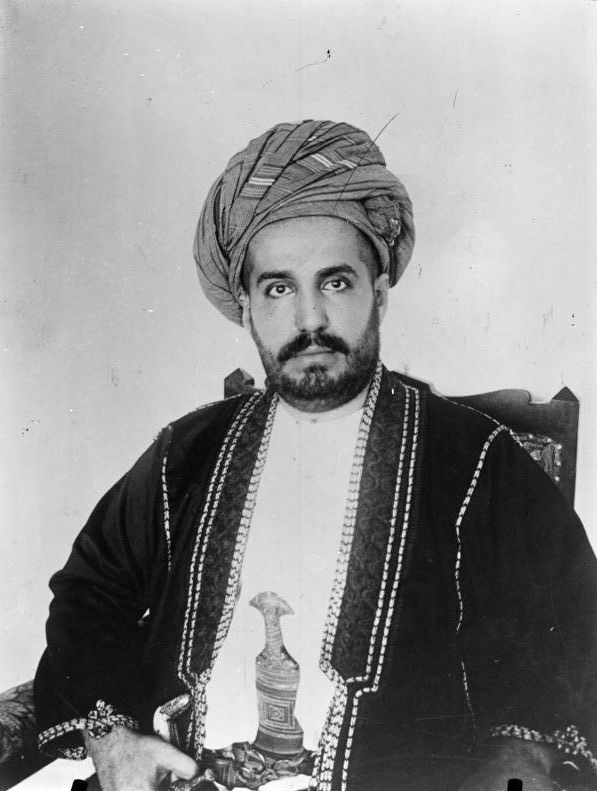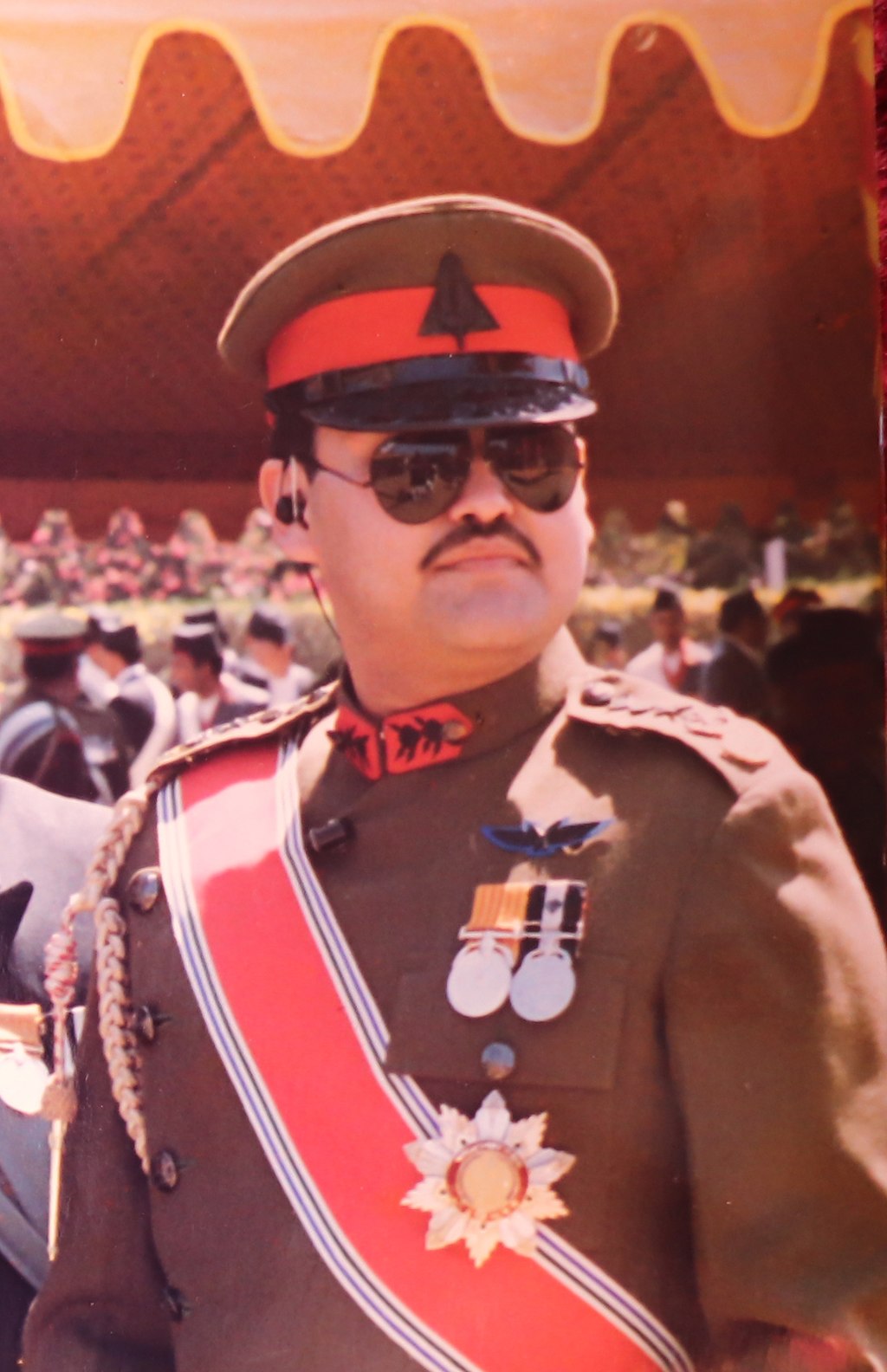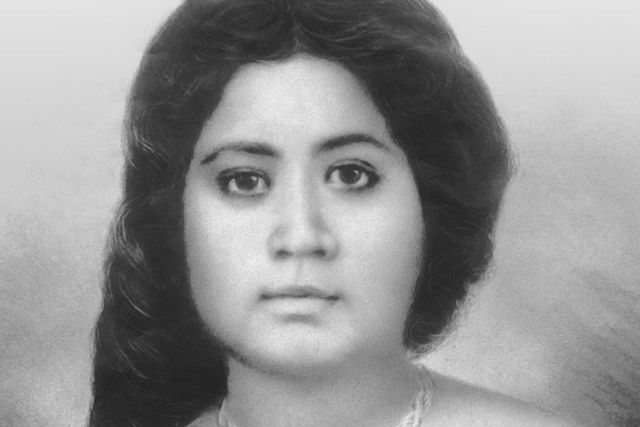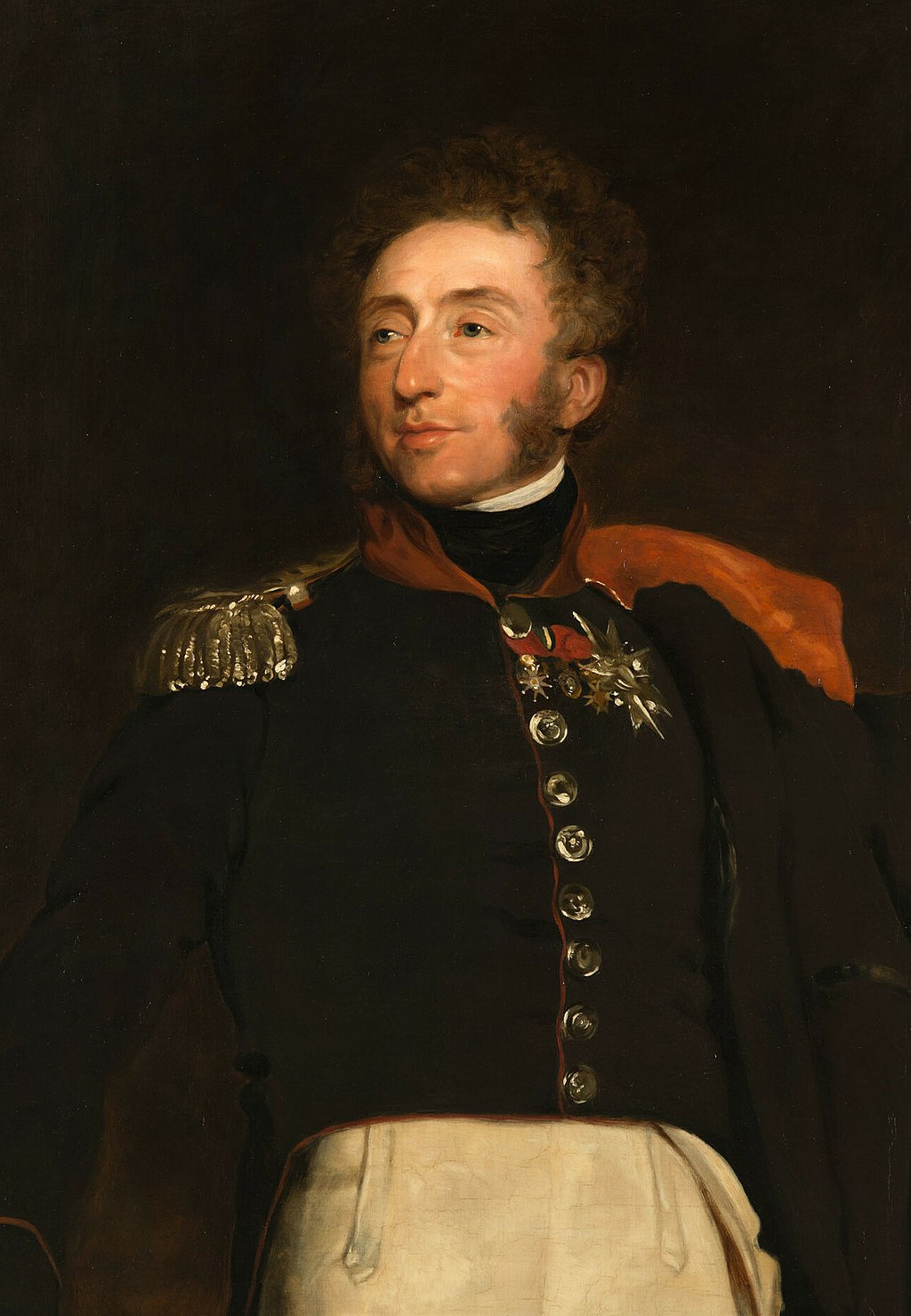History is full of emperors and rulers who reigned long, sometimes prosperously. This list is not about them. Instead, we count the kings and queens whose reigns were cut short long before they could do anything noteworthy for their kingdoms. In fact, aside from the dubious recognition that they were the shortest-lived rulers, most of them would not have had a major impact on the course of history.
10. Yuan Shikai - 83 days

Yuan Shikai came to power in the final years of China's Qing Dynasty before it was overthrown by the People's Revolution. Xinhai Revolution 1911. By 1912, he had negotiated with the revolutionaries for the post of president in exchange for renunciation the last Emperor Qing - five years child named Pu Yi. It's a long story.
As president, Shikai attempted to introduce reforms that gave him broad powers in the new republic, as the new parliamentary The system greatly weakened his influence over the government. In November 1915, he declared himself the new Emperor of China, even establishing his own new dynasty called the Hongxian Dynasty.
The seizure of power was not well received by various provinces of China, two of which rose in open rebellion. Yuan Shikai was forced to abdicate in March 1916, after ruling for less than three months.
9. Edward V – 78 days

Edward V succeeded Edward IV as King of England in April 1483, during one of the most turbulent periods in the country's history. Now known as War of the Roses , it was a bloody civil war between two royal factions, the Lancastrians and the Yorkists, that lasted for more than three decades. Edward V was only 12 years old when he succeeded to the throne in April 1483, making him one of the youngest monarchs in English history.
Although the conflict would take many forms in the coming years, Edward V's story would end tragically just two and a half months after his succession. He was declared illegitimate by his defender and the subsequent King of England Richard III in June 1483 and sent to the Tower of London along with his younger brother. No one knows exactly what happened to them there, although it is assumed that they were killed by order of the king.
8. Gordian I and II – 22 days

As recently as 238 AD, the Roman Empire was ruled by Maximinus Thrax, a widely hated monarch whose military campaigns and strict tax policies were despised by almost everyone in the empire. In early April, a North African province called Africa Proconsularis revolted, electing its 80-year-old governor, Gordian I, and his son, Gordian II, as Rome’s new joint emperors.
The accession to the throne was officially supported by the Roman Senate in early April, although this was of little help as Gordian II suffered a military defeat and was killed by another Roman governor , an ally of Maximus. Upon learning of his son's death, Gordian II committed suicide on May 12, ending a joint reign that had lasted only 22 days .
7. Lady Jane Grey - 9 days

Lady Jane Grey's reign in England began more than six decades after the Wars of the Roses, which ended with the military victory of Henry VII and the rise of the dynasty Tudors . Although she had little claim to the throne - since she was a cousin sister King Edward VI after his death in 1553 - she was protestant The Reformation was still going on throughout Europe, and Edward VI played an important role in guiding England towards Protestantism .
Lady Jane Grey was crowned on 10 July 1553, although sadly her reign ended in tragedy almost as soon as it began. On 19 July, nine days after her accession, the throne was seized by Edward VI's sister, Mary, who had a stronger claim to the throne. Because she was a staunch Catholic in alliance with other Catholic factions in Europe, her reign is still remembered for its massive persecution Protestants throughout England. As for Lady Jane Grey, she was accused in November of treason crown and was executed by beheading in February 1554.
6. Sayyid Khalid bin Barghash Al-Busaid – 3 days

Sayyid Khalid bin Barghash al-Busaid was grandson Zanzibar's founding father, Sayyid Said bin Sultan, who ruled much of East Africa in the first half of the 19th century. By the time Khalid ascended the throne in August 1896, Zanzibar was functioning as a protectorate of the British Empire.
He was about 20 years old at the time and was loved and supported by the population, but not by the British, who instead elected his pro-British cousin Hamed bin Thuwain. However, his reign was short-lived as he died mysteriously on August 25. Sensing an opportunity, Khalid declared himself sultan on August 25.
Apparently the British did not take this too well, and a Royal Navy contingent was sent to sort of resolve the situation. On August 27, it began a massive bombardment of the palace and the defending artillery batteries, killing about 500 Zanzibar soldiers for 45 minutes before the garrison was forced to surrender. Khalid himself was forced to flee and take refuge in the German consulate – Britain’s then rival in the region.
5. Dipendra – 3 days

Born in 1971, Dipendra was the heir apparent to the Nepalese throne through his father, King Birendra. On June 1, 2001, he found himself at the center of one of the most shocking royal feuds in history when he entered the royal palace with an automatic rifle. And shot dead ten members of his family before shooting himself from of the same gun. He spent three days in a coma until his death on June 4.
No one knows the exact motive for the massacre, although a family dispute over his marriage may have played a role. In a strange twist of fate, the state's privy council decided to enthrone him while he was in hospital, making him king of Nepal for about three days.
4. Victoria Kamamalu - 1 day

Victoria Kamamalu was the granddaughter of Kamehameha I, the founder and first king of the Hawaiian Kingdom, on her mother's side. Victoria was below a long list of people in the line of succession, including uncles, cousins, and sisters. She was elected head of the king's privy council and queen regent, known as Kuhina Nui in the Hawaiian constitution, in In 1855 .
Victoria came to power by accident on November 30, 1863, after her brother, King Kamehameha IV, died unexpectedly without a direct heir. As Kuhina Nui and head of the royal advice , she proclaimed her brother Lot Kamehameha as the new king after only one day of reign, making her one of the shortest-lived monarchs in history.
3. Modi - 1 day

The Jin Dynasty was a short-lived imperial house in China during the 12th and 13th centuries, ruling much of northern China and led by the ethnically Manchu Jurchen people. It was a time of near-constant warfare in China, as the Jin Empire faced threats on multiple fronts, such as the powerful Song Dynasty that ruled to the south.
In 1232, they were invaded by a combined force of Mongols led by Genghis Khan's son Ogedei and Song soldiers. While Emperor Aizong tried to repel the invasion, his tiny forces were powerless. The capital Kaifeng was captured and sacked in 1233, forcing Aizong and his remaining forces to flee to Caizhou.
When the Mongols surrounded the city, Aizong decided it was best to surrender. February 9, 1234 He He handed over the throne to his general, Wanyan Chenglin, and committed suicide to avoid capture. Last Jin Emperor , who is now called Emperor Modi, was killed by Mongol soldiers before the day was out, earning him the unofficial title of the most short ruling emperor in Chinese history.
2. Mikhail Alexandrovich Romanov – 1 day

On March 2, 1917, as the Russian Revolution was approaching its final phase, Tsar Nicholas II abdicated the throne in favor of his brother, Mikhail Alexandrovich. It was an unexpected — even if ultimately futile — decision, since he was supposed to pass it on to his son To Alexey While state policy was clear about respecting the will of the abdicated Tsar, the events of the Revolution complicated the issue a bit, as most of the rebellious factions were against maintaining the monarchy in any form.
Michael remained in power as the new Tsar for about a day before March 3 openly renounced the throne . However, in the grand scheme of things it didn't matter much, as he became the first of the 18 Romanovs to be executed by the Bolsheviks in June 1918 .
1. Louis XIX – 20 minutes

Louis Antoine was the nephew of the last French king before the Revolution, Louis XVI. Born in 1775, he witnessed the most brutal phase of the Revolution, when almost the entire royal family was executed guillotine A staunch royalist, he led counter-revolutionary forces during the post-revolutionary uprising in the Vendée and also fought on the side of other European powers in the Napoleonic Wars.
When the French monarchy was restored in 1815, Louis' father, Charles Philippe, was elected as the new king. Unfortunately, at least for the monarchy, another revolution, now called the The July Revolution , caused by the conservative and royalist policies adopted by Charles's government.
In the face of growing pressure and rebellions in the capital, Charles August 2, 1830 abdicated the throne in favor of his son Louis Perhaps sensing that this was not the best time for the monarchy in France, Louis abdicated in favor of his nephew Henry V during 20 minutes after the father's abdication.













Оставить Комментарий